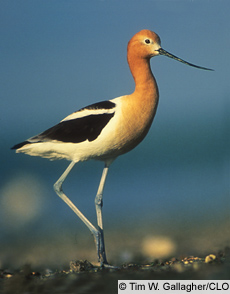In “Chewing the Scenery,” we round up interesting food-related video from around the Web.
——-
Here’s a smorgasbord of videos to get your week started right.
• After a brutal winter, spring has finally arrived, at least officially (it remains stubbornly cold and wet up here in the N.C. mountains). Let’s start with an earnest paean to the farmers market, from Cooking Up a Story, reporting from Portland.
• Now, let’s get a little wonky. Also from Cooking Up a Story, organic seed breeder Frank Morton gives a short, lucid explanation of what hybrid seeds have meant historically. The agrichemical industry got interested in taking over the seed business long GMOs came along; what attracted Monsanto, et al, was the proliferation of hybrid seed techniques after World War II. Saved hybrid seeds don’t come up “true”–i.e., a seeds from a hybrid butternut squash will not likely grow more butternut squshes. That characteristic makes farmers reliant on suppliers year after year. The rise of hybrids wiped out regional seed-breeding programs, which used tp generate locally adapted strains. Morton explains it all well.
•Let’s move from wonky back to earnest, then onto the deliciously absurd.
I’ve long respected and admired of former Gourmet editor and New York Times restaurant critic Ruth Reichl (evidence here.)
She was masterful at editing Gourmet, because she knew how to maintain the gauzy fantasy world of “good living” proffered by glossy food mags, while adding to it an impressive focus on the political, ecological, and social dilemmas around food. She pursued both zealously; she could run a spread on something like “Provencal spring brunch,” featuring impossibly beautiful models noshing roasted asparagus and aioli in rustic splendor; and a few pages later, drop in a blunt article on slavery in Florida tomato country. For her, there was no contradiction here; she took both aspects of the magazine quite seriously.
In her Twitter feed, Ruth gives her “good living” side free reign. It’s as if her id had commandeered a laptop and a Twitter account. A few days ago, she saw fit to inform the world that ….
Slicing rhubarb, ruby fruit falling from the knife, fresh green scent rushing upward. Outside a purple finch flies past the window.
Here’s another choice sample:
Good night. Hot kimchi, slicked with chiles. Smoky, sweet grilled beef in crisp lettuce. Sake. Slow stroll home down electric streets.
I’m choosing these at random; they go on and on. Anyway, I’m not the only one who marvels at these haiku-like evocations of epicurean bliss. Anthony Bourdain, the food world’s punkish jester, has also taken note, as the video below shows.
And here’s Ruth herself, proving that she’s a good sport, taking note of Bourdain’s having taken note:
Meanwhile, an anonymous genius has gone to the trouble of creating a Twitter feed that mashes up Bourdain’s irreverence with Reichl hyper-reverence. Known as @ruthbourdain, this feed deserves a wide following. Its most magnificent tweets are not printable in a family online environmental rag. Long live @ruthreichl and @ruthbourdain!



